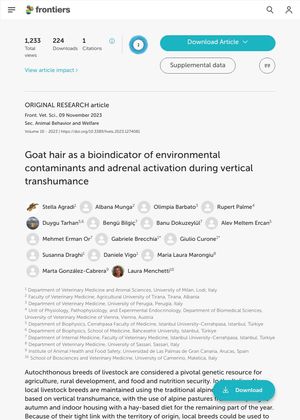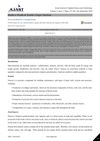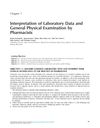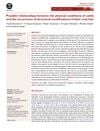Goat Hair as a Bioindicator of Environmental Contaminants and Adrenal Activation During Vertical Transhumance
November 2023
in “
Frontiers in veterinary science
”

TLDR Goat hair shows changes in metal levels and stress when goats move from indoors to mountain pastures.
The study involved 24 female Frisa goats and aimed to assess the response of this breed to the change from indoor housing to alpine pasture. The study found significant changes over time in the hair concentrations of arsenic, copper, magnesium, zinc, and aluminum. Arsenic increased after 1 month of grazing, while copper showed a u-shaped trend with an increase significant after 2 months of grazing. Magnesium and zinc showed a progressive decrease with significant differences compared with the indoor values only after 2 months of grazing. Aluminum showed highly variable values after 1 month of grazing and a reduction after 2 months compared with pre-grazing. The study also found a progressive increase in hair cortisol concentrations in the animals after placing them in the pasture. These findings support the use of goat hair as a bioindicator of environmental pollution and animal stress indicators.



